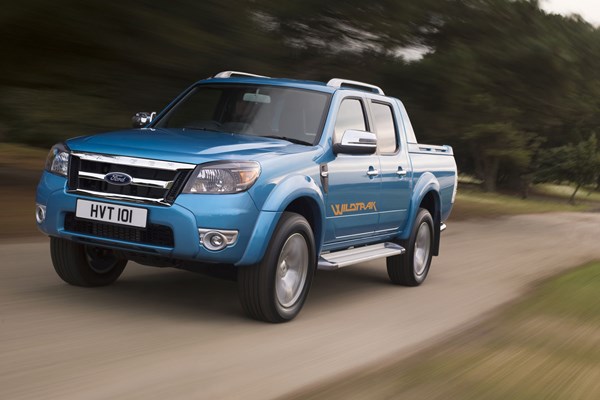Ford Ranger review (2006-2011)
PROS
- Good to drive
- Tough workhorse
- Large number of dealerships
- Available as a tipper
CONS
- Other pickups are more refined
- Other pickups are better to drive
Summary
The 2006-2011 Ford Ranger improves upon its predecessor by being more powerful, better to drive and more refined, with increased load and towing capabilities.

As before, it's actually built by Mazda, and so has much in common with the Mazda BT-50.
It is available as a Regular Cab with two seats, a Super Cab, which adds occasional rear seats or a Double Cab, which is a full four-door with seating for five.
The Double Cab is only available as a four wheel-drive, while the Regular and Super Cabs are offered with two or four wheel-drive.
A tipper version is also available.
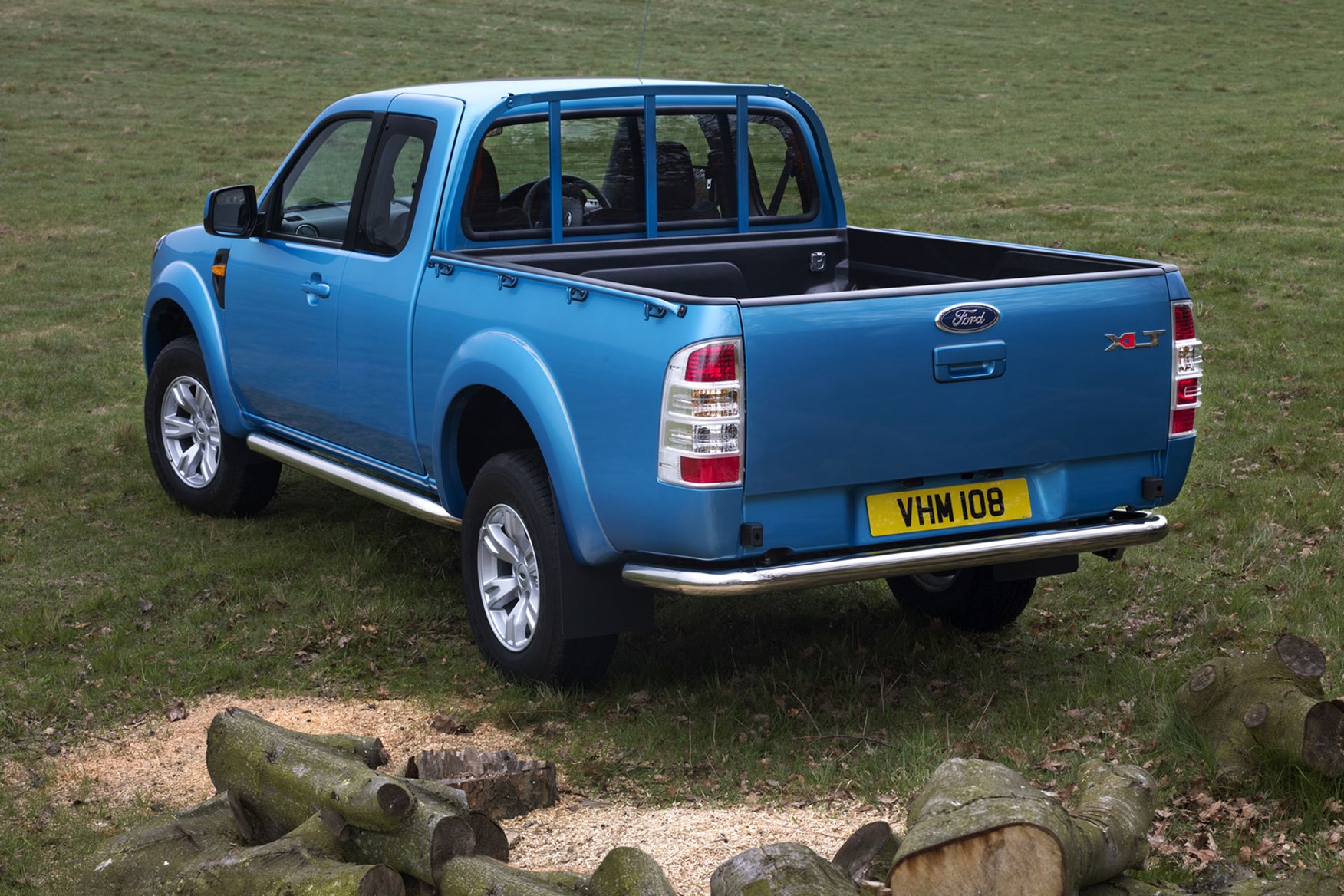
The available specifications are diverse enough to create a tough workhorse or a comfortable and wel-equipped vehicle for those indulging in outdoor activities.
Models from September 2009 benefit from a mild facelift, which includes a more modern-looking front with new headlights and a re-designed bumper, plus a new engine and gearbox combination.
Skip to our full verdict on...
The Ranger has a 2.5-litre TDCi turbodiesel engine producing 143hp. It’s also available with a five-speed automatic gearbox.
It can't match the mighty Nissan Navara, but betters all other similar pickups and is good fun to drive.
The 3.0-litre TDCi is more powerful with 156hp.
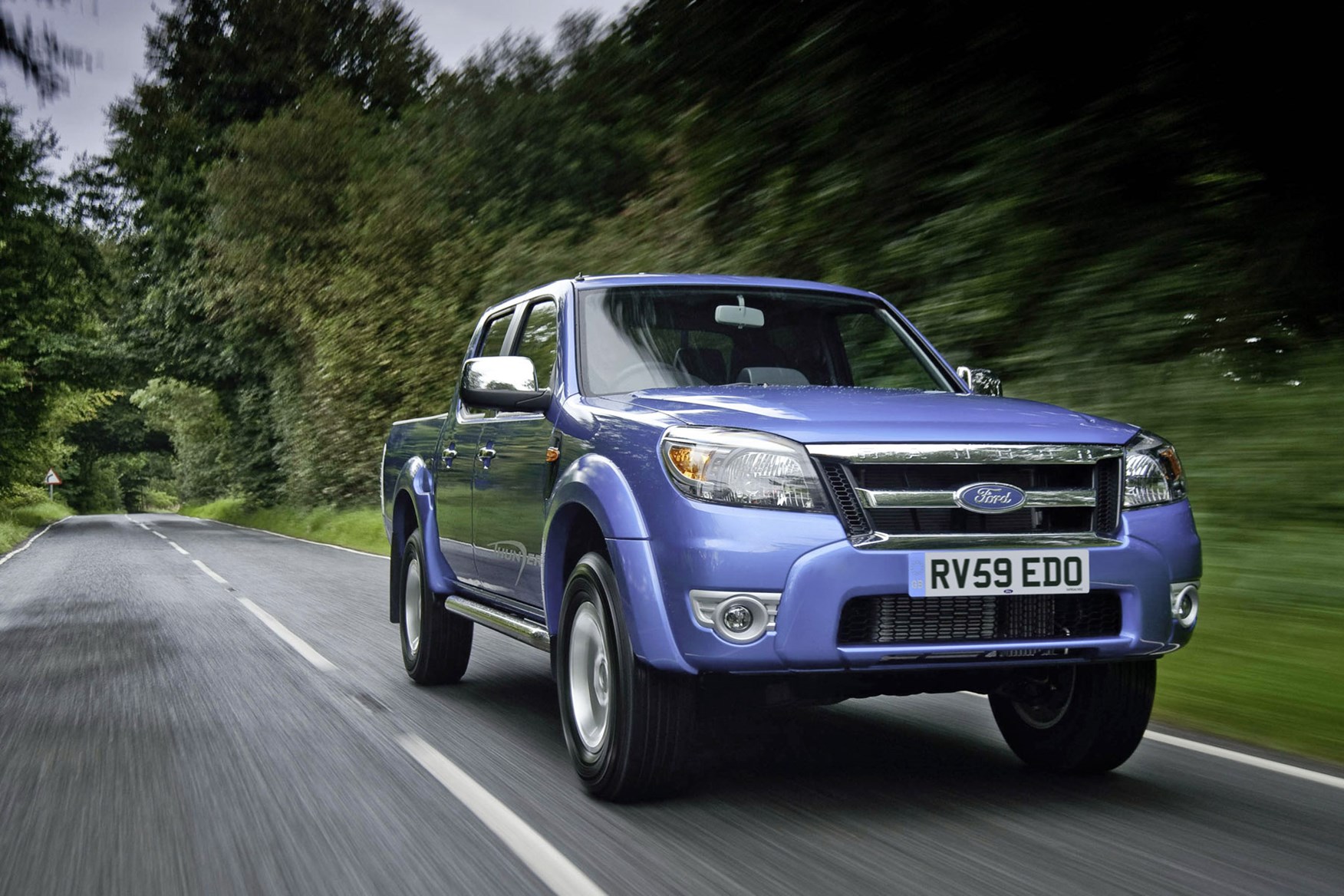
Both versions handle well for an off-road vehicle with leaf spring rear suspension. Slippery conditions can cause the back end to slide about under power when unladen, but 4x4 versions can deal with this by engaging all wheel-drive. They also have a low ratio for serious off-road work.
The ride is comfortable on most surfaces, but the raised suspension of 4x4 models results in plenty of bodyroll in corners.
The brakes don't feel particularly strong and the standard-fit anti-lock brake system activates very easily in slippery conditions.
The driving position is good and it is easy for front seat passengers to get comfortable, but the driver's seat and steering wheel both lack height adjustment.
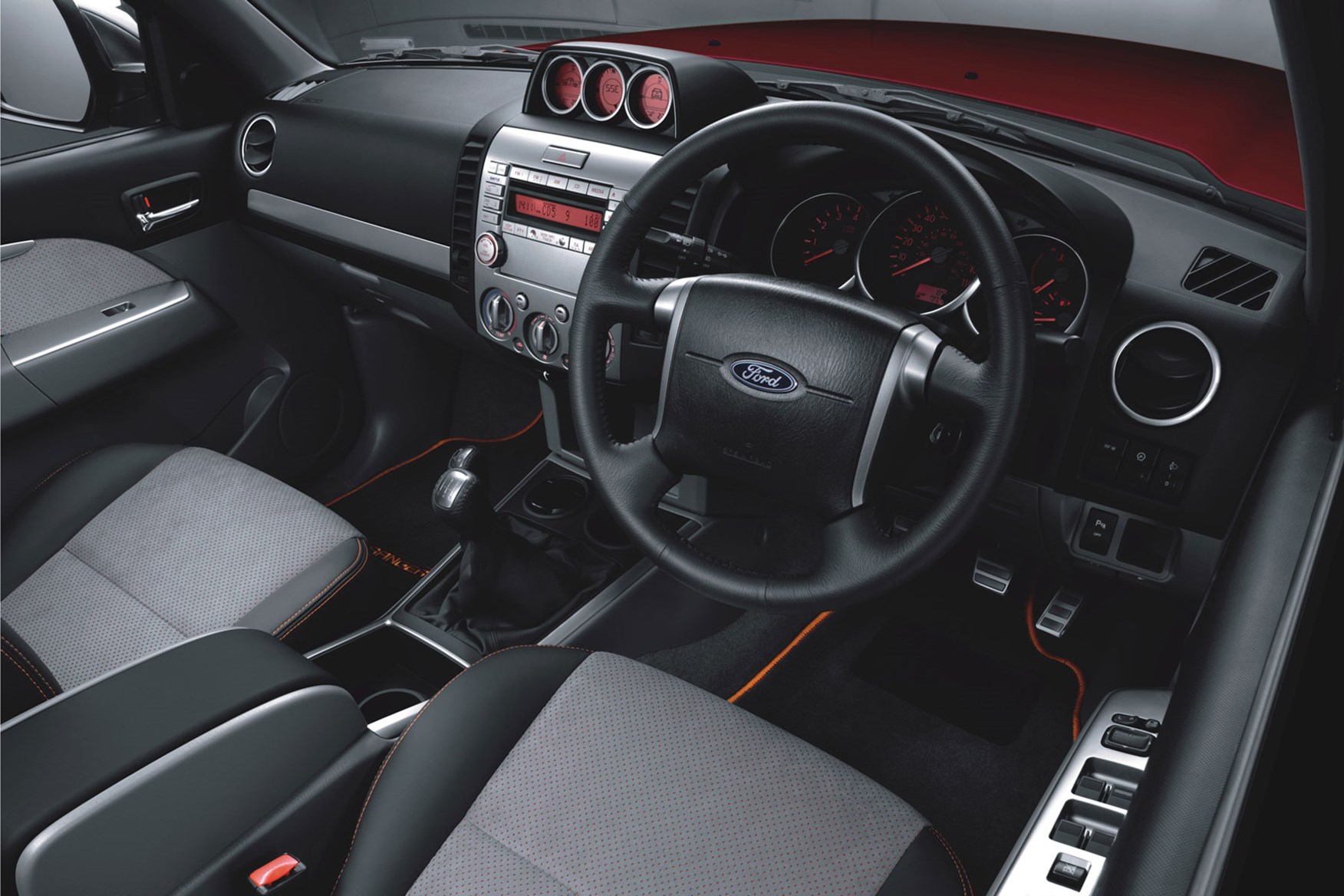
As with many newer generation pick-ups, the interior quality is significantly improved over what was previously expected of the class coming close to the comfort levels of a passenger car with the exception of the rear seating which even in the Double Cab is short on legroom and very upright.
Top Thunder models have leather upholstery, air conditioning, a CD changer and electric windows all round, parking sensors and - for off-road driving - extra gauges including an inclinometer to gauge the angle of the terrain it is on.
As a strong all-rounder, the Ranger's price seems reasonable, but the virtually identical Mazda BT-50 is cheaper when comparing similar models.
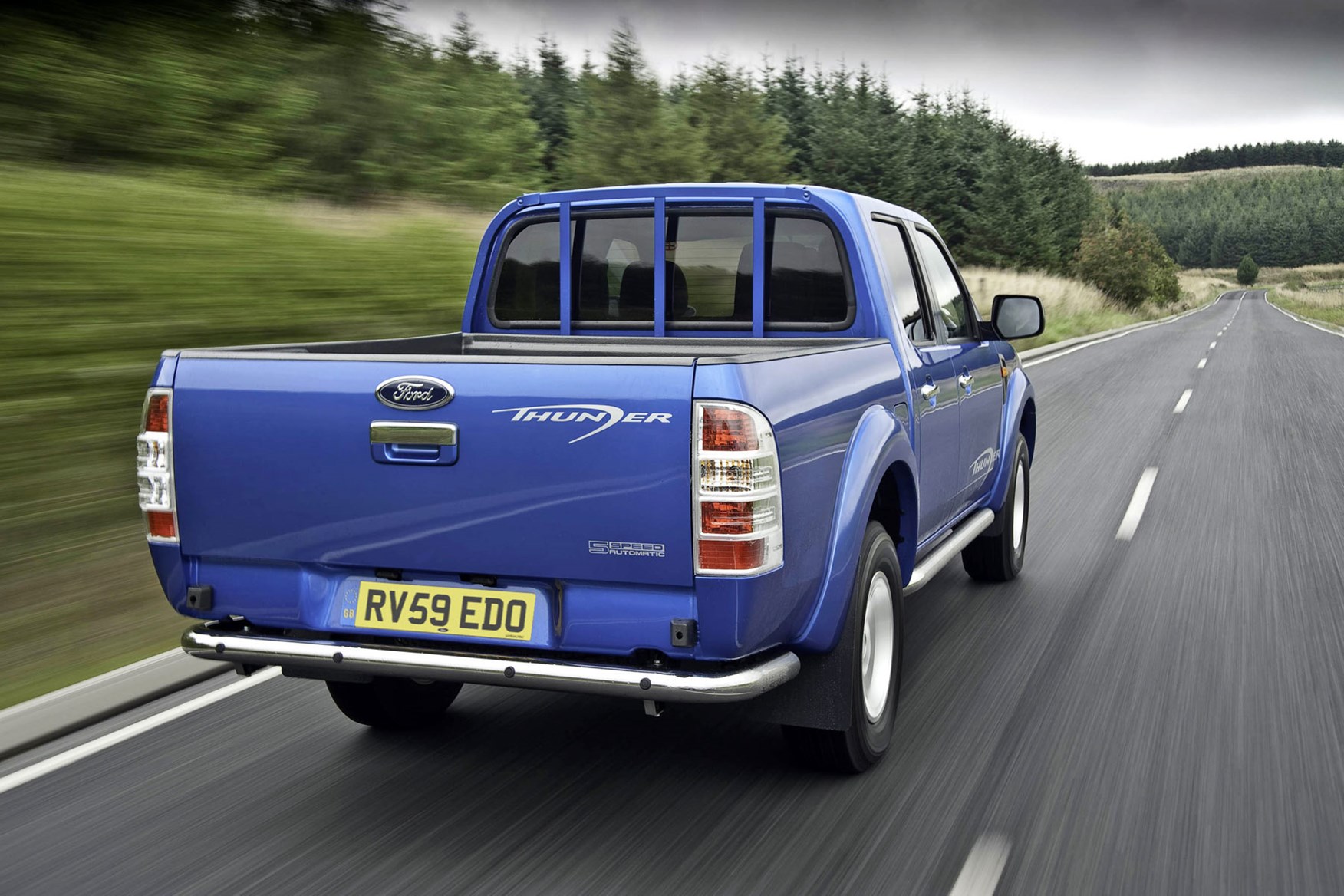
The Ford doesn't keep its value as well as most rivals as it doesn't have such a strong image within the class
Ford servicing is keenly priced and there's a huge network of dealerships including dedicated dealers providing extra services for commercial vehicles such as extended hours and quick repair response at short notice.
The Ranger was covered by a three-year/60,000 mile warranty when new, which also included Ford breakdown assistance.
Being built by Mazda bodes well for reliability.
The Ranger is one of the few pickups of its age to be crash tested by Euro NCAP, but only received two stars for adult safety. However it did get a more respectable three stars for child safety.
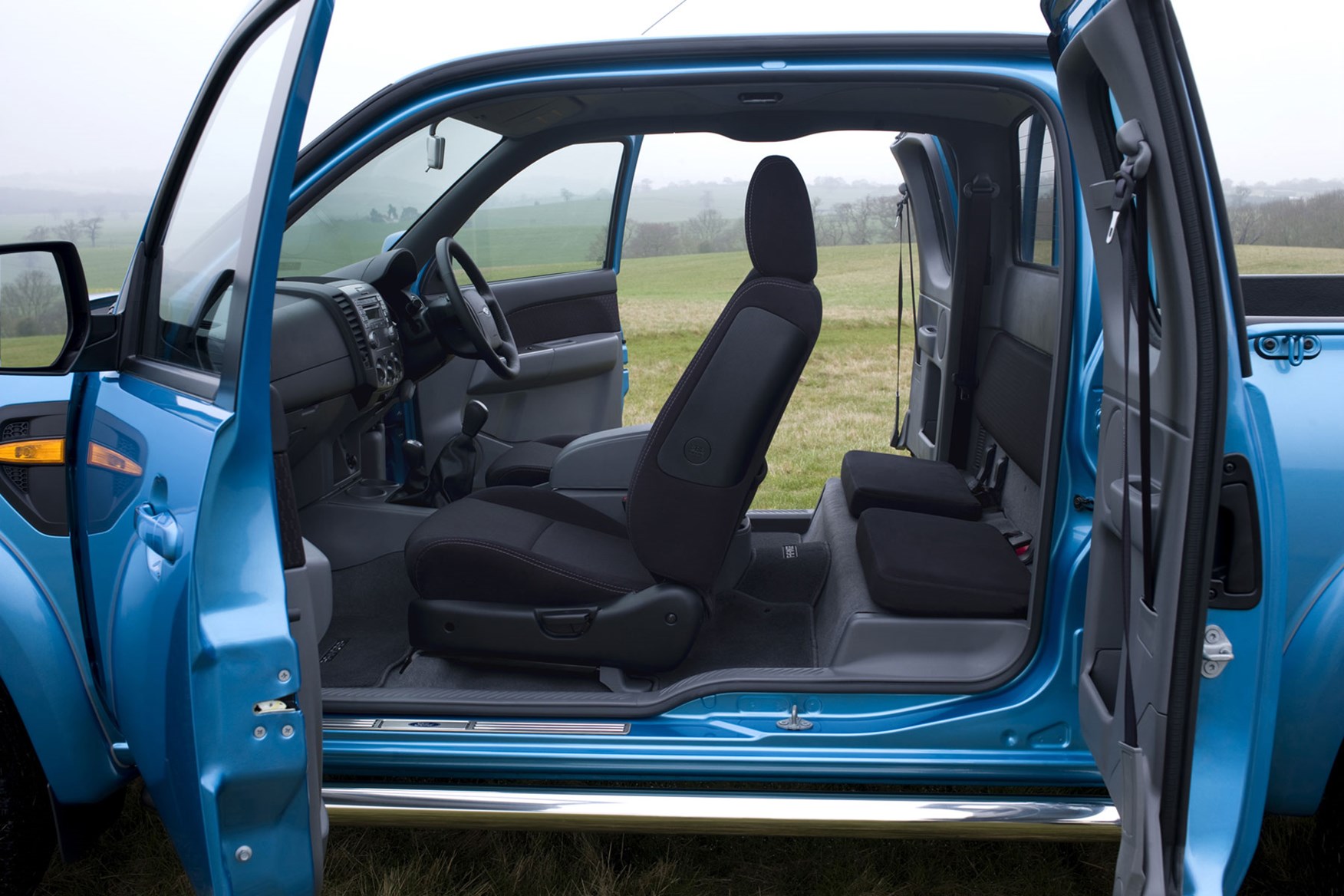
All models have driver and passenger airbags while XLT and Thunder models additionally get side airbags. Remote central locking and an immobiliser are also standard on all models.



